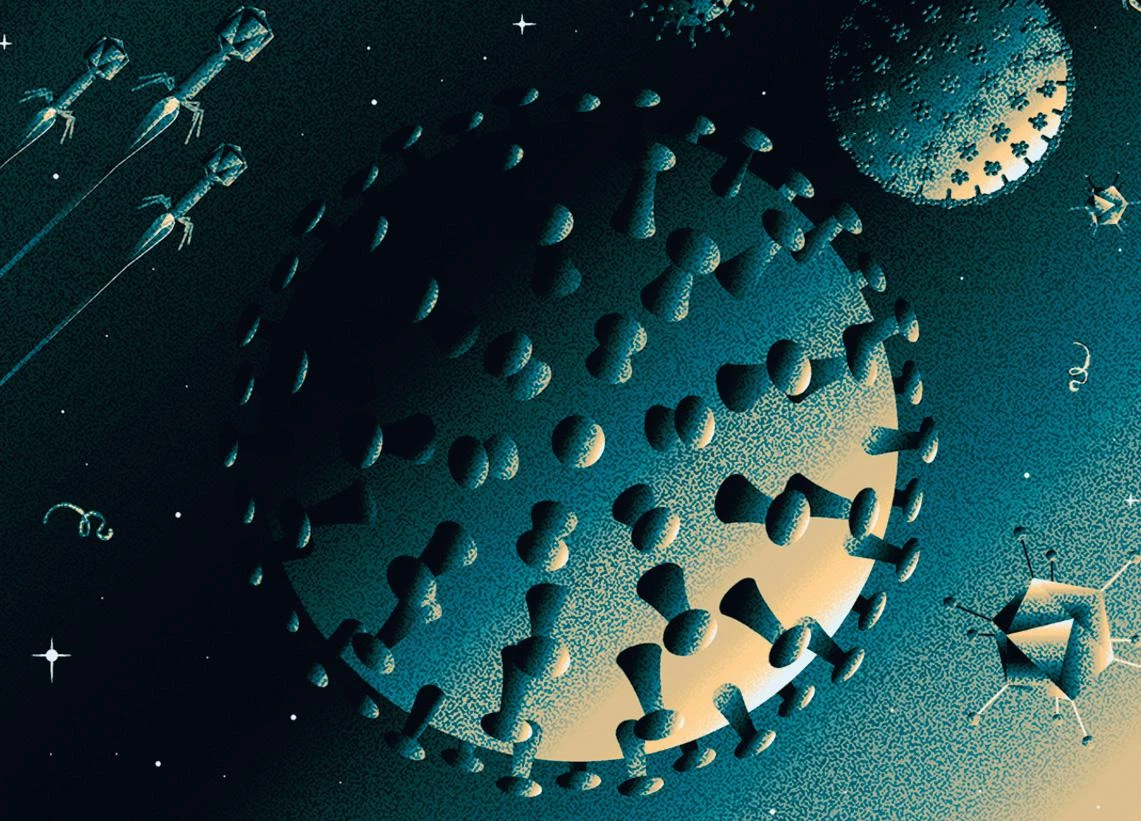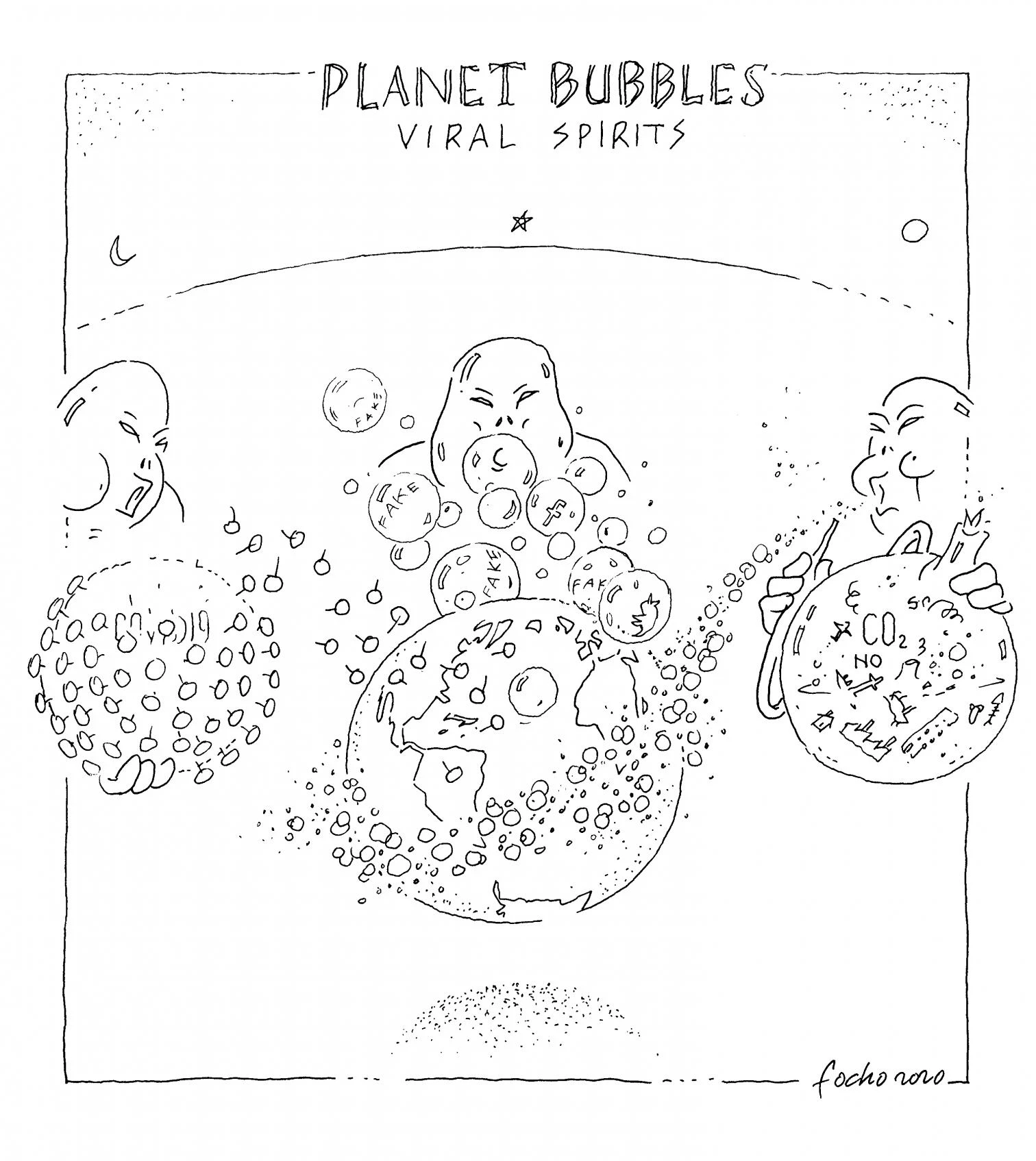
Peter Sloterdijk used the metaphor in formulating his take on our times. His postmodern, disturbing statement about us “living in bubbles” keeps proving true, yet remains hard to predict. What are today’s bubbles?
The first and most pressing, urgent one would be the Covid-19 bubble, which inflated in Wuhan – how exactly we still don’t know for sure – to eventually take the whole planet in its bosom, along the way wreaking havoc on all our political, economic, social, and even urbanistic certainties. This is a peculiar bubble in that it reproduces on different scales to encompass every context of life, from the breathing filtered by face masks to the cities, regions, and countries on lockdown with varying degrees of efficiency.
It coexists with a larger, more persistent bubble: climate change, which, unlike Covid-19, involves long-range perspectives and far-reaching commitments, transcending the nationalism and localism with which Covid-19 tends to be addressed. The pandemic and climate change bubbles complement but also contradict each other.
The third bubble is less self-evident than the previous two, but it is much more widespread, and above all much more opaque. This is the bubble of misinformation, which destroys the kind of technical, political, and ideological certainties with which, among other things, the coronavirus pandemic and climate change could be fought. What, we wonder, will become of us the day the three bubbles burst?






